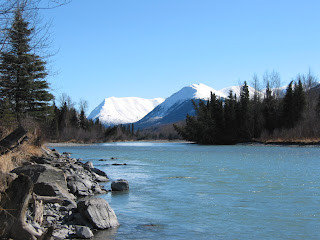
The Thanksgiving weekend was a busy one for wilderness in the news. From Maine to Nevada, wilderness management, legislation and designation were all hot topics. It's amazing to see how much press wilderness gets on a daily basis in the media but just as amazing are the number of people who just aren't aware of wilderness. Couple that with a National Wilderness Preservation System that is under a variety of threats and you begin to get a sense of the challenges we wilderness stewards face on a daily basis. That said, the more wilderness stays on the front burner, the better!
To see what's affecting wilderness areas (existing or proposed), check out these links from the past few days:
From the Naples, Florida Naples News: http://www.naplesnews.com/news/2010/nov/24/wilderness-area-big-cypress-shrink-off-road-atv/
From the Las Cruces, New Mexico Las Cruces Sun News: http://www.lcsun-news.com/las_cruces-news/ci_16713762
From the Crestview, Florida Crestview Bulletin News: http://www.crestviewbulletin.com/news/managing-12265-northwest-wilderness.html
From the Grand Forks, North Dakota Grand Forks Herald: http://www.grandforksherald.com/event/article/id/184863/
From the Petroleum News: http://www.petroleumnews.com/pntruncate/67082282.shtml
From the Waterville, Maine Morning Sentinel: http://www.onlinesentinel.com/opinion/letters/Wilderness-protection-bills-deserve-support-.html










